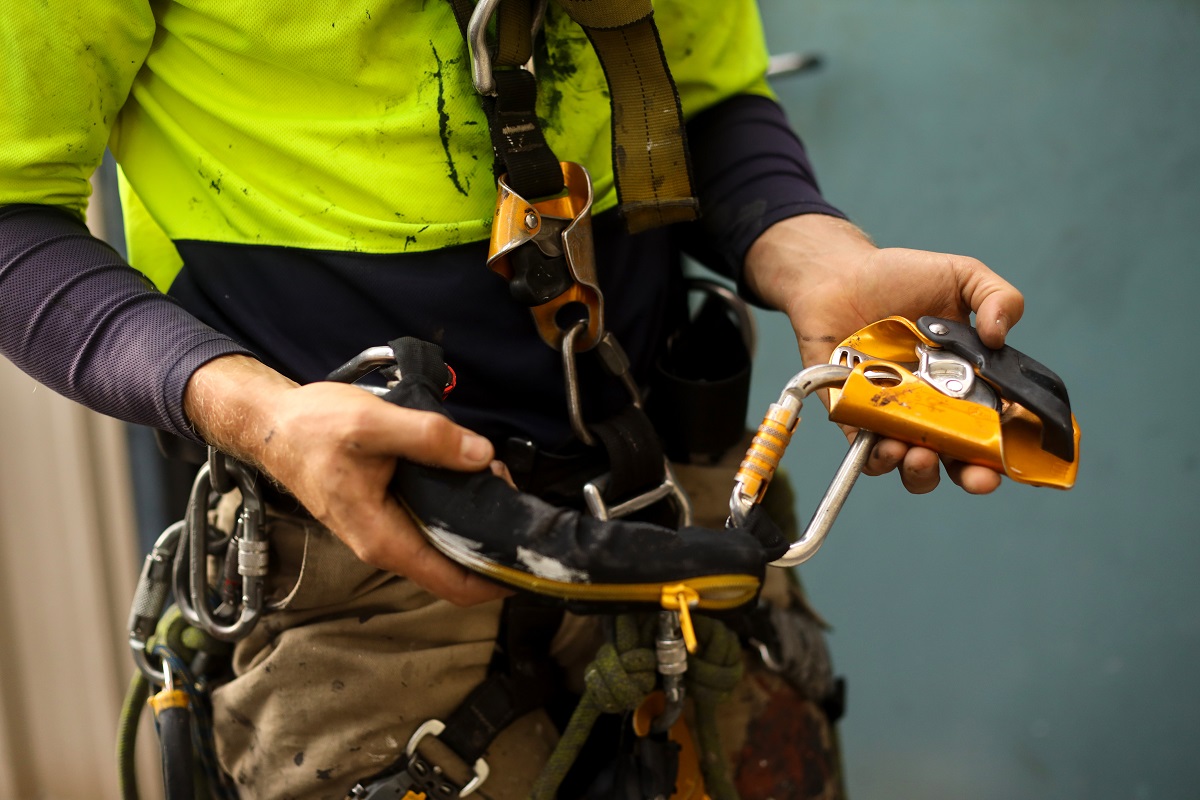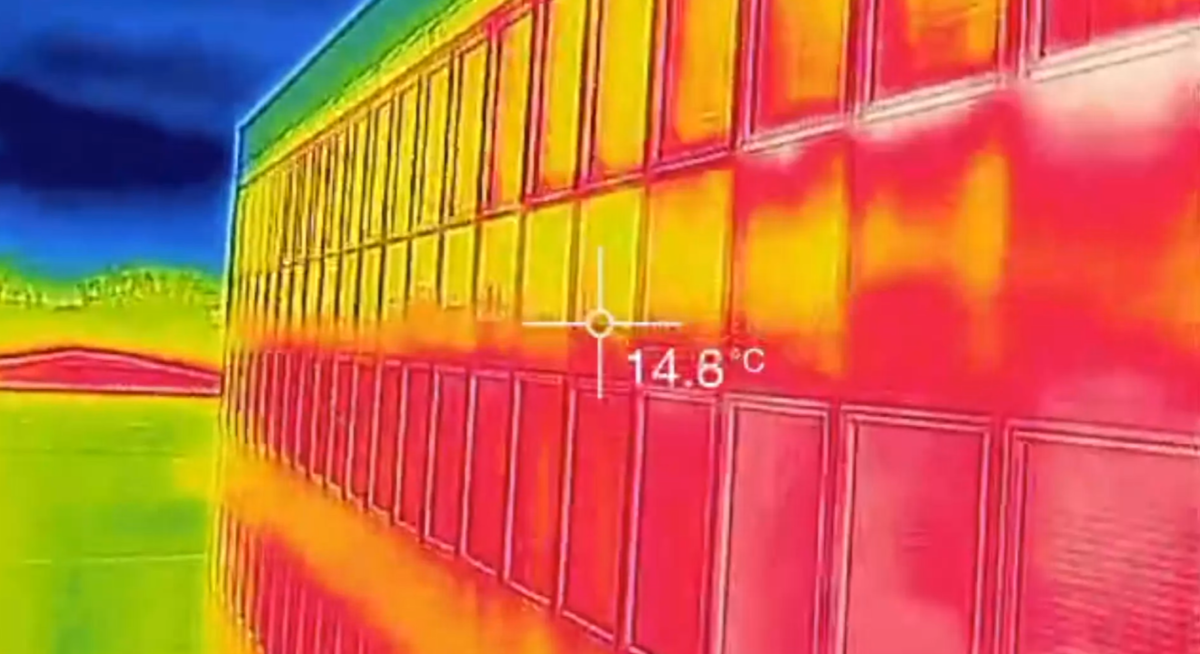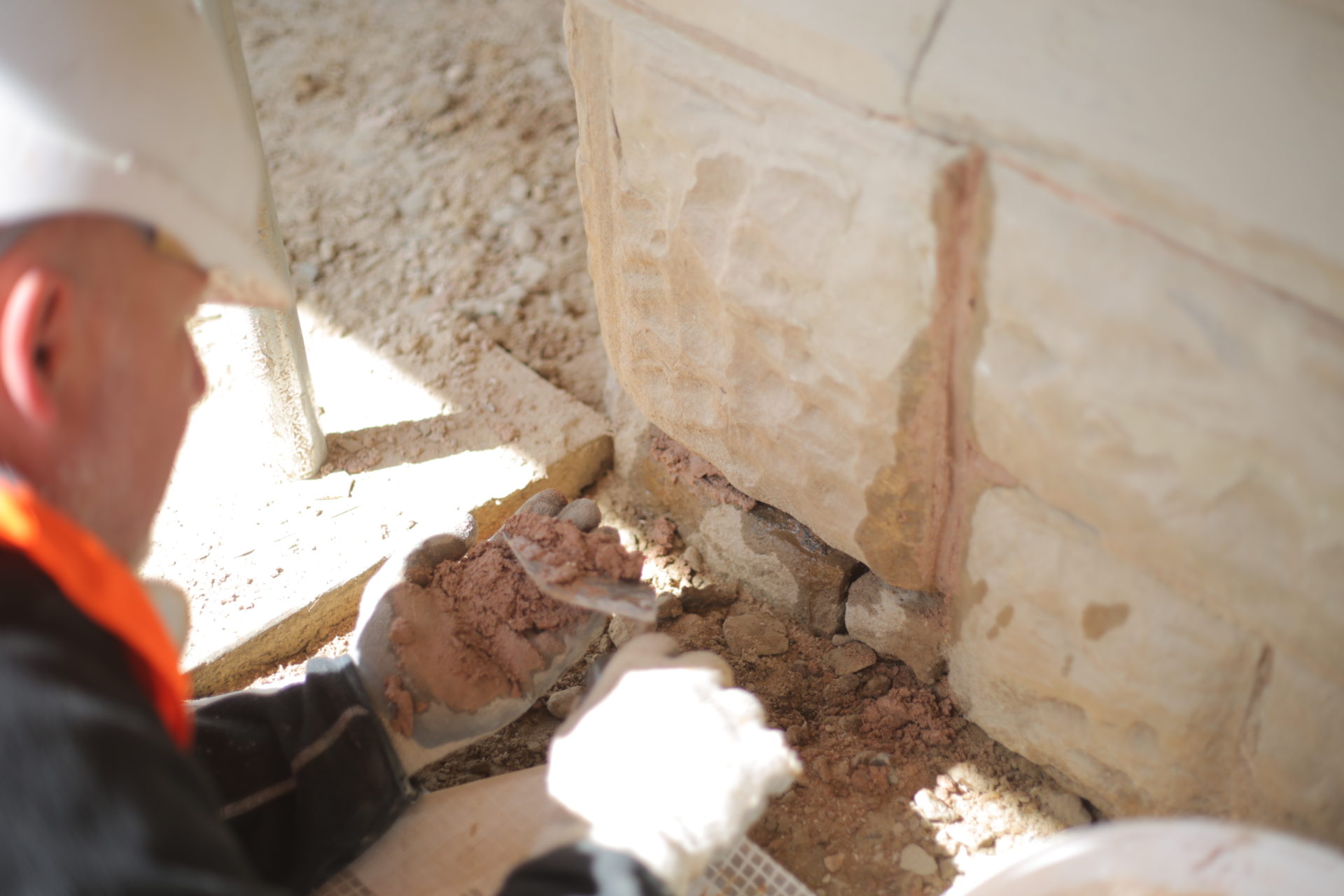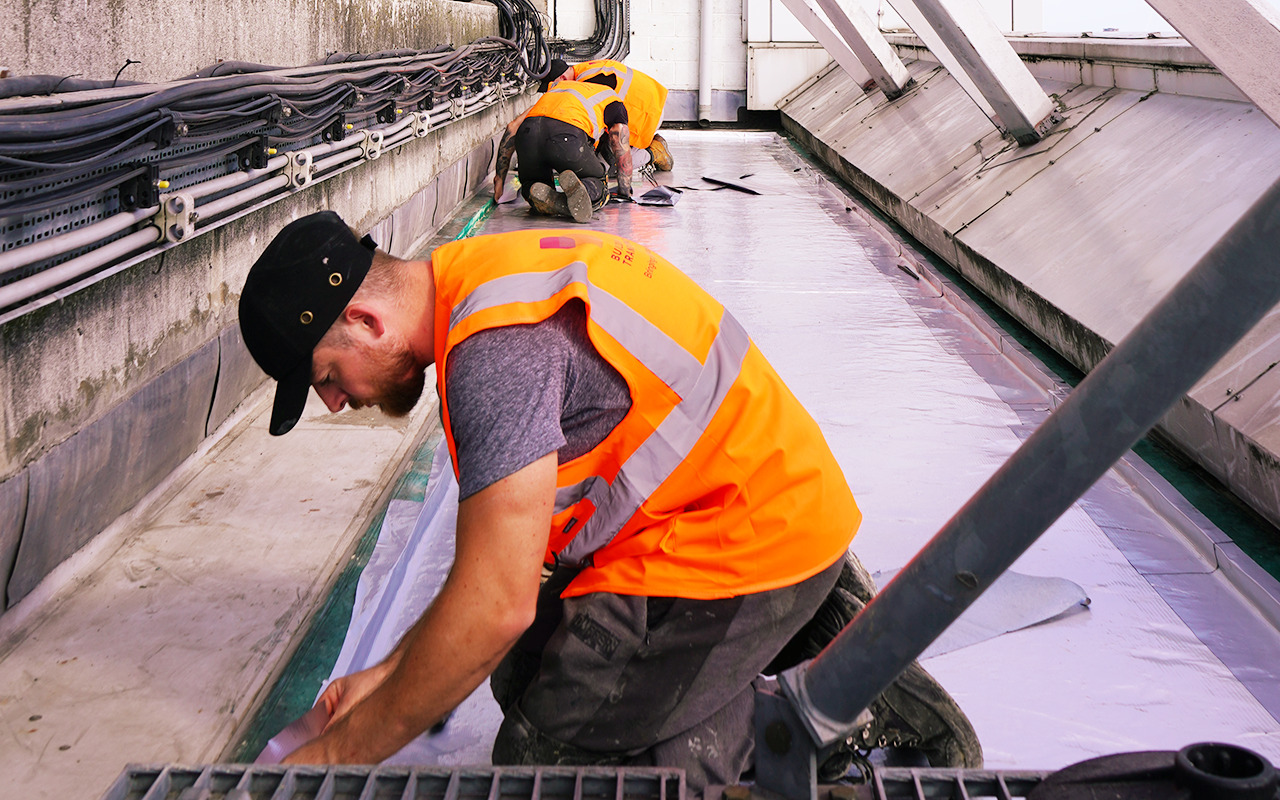The quality of a school buildings can either help or hinder teaching and learning. Well-designed buildings in good repair and set in pleasant surroundings can lead to better attendance, concentration, motivation and even boost self-esteem for both teachers and learners. All of these factors can improve performance and wellbeing and have increased the pressure on schools to uphold high standards of education, in part through the maintenance of educational buildings and facilities.
Schools are responsible for arranging building maintenance to ensure they are safe, secure, weatherproof and provide an appropriate teaching and learning environment. Despite the known importance of school buildings, there are many in England which are in desperate need of refurbishment. For countless years school leaders, teachers, pupils and parents have complained of moldy, damp classrooms, leaking roofs, and drafty corridors. While many educational buildings up and down the UK are no longer fit for purpose, schools lack the funds to repair, refurbish or replace them.
However, there is some good news on the horizon. Thousands of pupils in England could benefit from improved building facilities following the government’s pledge to invest £483 million into improving school buildings in England. The money comes from the Condition Improvement Fund, and it will be shared among 1,199 schools, with the North East and North West expected to receive the largest allocation of funding. Much of the money will improve classrooms, create more energy-efficient school buildings, and reduce energy bills for schools.
But is it enough alone to save England’s educational buildings?
One in six schools buildings in need of urgent repair
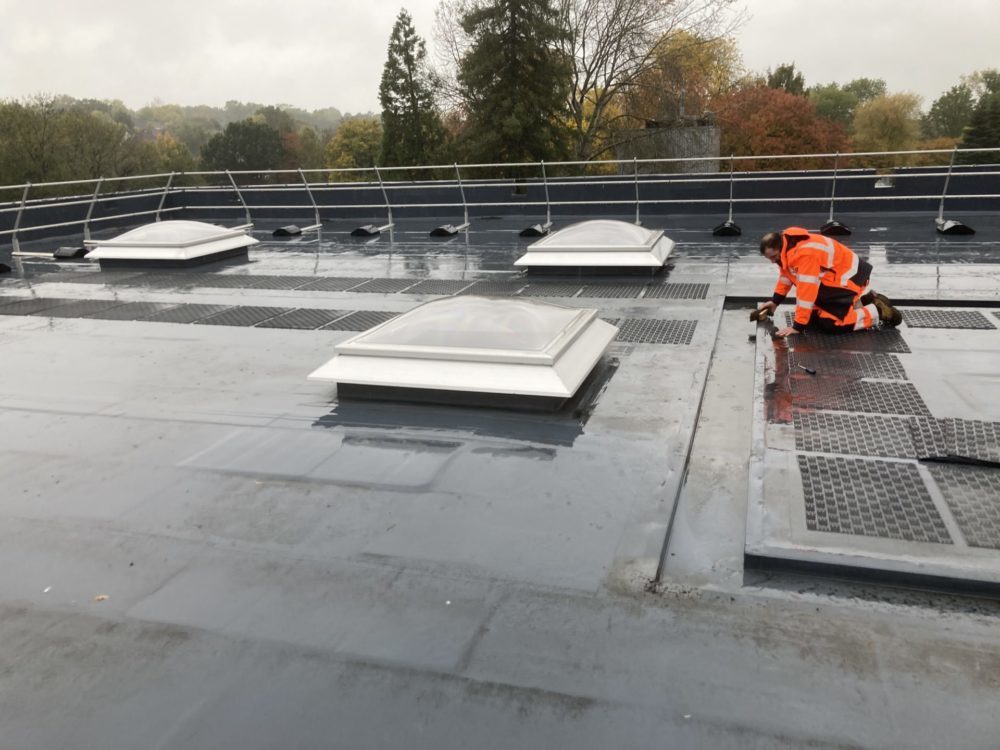
According to an investigation by the Guardian, more than one in six school buildings in England are in urgent need of repair. The newspaper discovered that nearly 4,000 schools need immediate restoration work. Meanwhile, many other school buildings lack essential paperwork such as fire risk assessments, electrical test certificates and asbestos management plans. Many schools in England have leaking roofs, inadequate heating, poor lighting and damaged windows and doors that need restoration. In a survey by Teacher Tapp, 46% of state school teachers said their school building was in a state of disrepair, while 40% admit to having to use buckets to catch drips from leaking school roofs.
For years educational leaders, teachers and parents have complained about the state of schools in England. There are children in the UK who are forced to learn in crumbling, damp, drafty buildings. In some cases, teachers have even had to make repairs themselves because the school cannot afford to call out a professional to undertake the work due to a lack of funding.
National school repair survey
Despite the National School Survey starting back in 2017, repeated delays have led to it only just being completed. The findings could be crucial to the future of educational and school estates. The survey looks at the condition of school buildings across the country and produces a report outlining the repairs required and the associated costs. To compile the report, surveyors visited every government-maintained school in England to assess the physical condition of the school buildings. The scheme also asks schools to complete a survey about their buildings.
Data obtained by The Guardian through the freedom of information request reveals that 14% of the schools that responded admitted to not having an asbestos management plan, and 13% did not have a fire risk assessment. In addition, 11% of respondents said their school didn’t have a gas safety test report, and 10% admitted to not having an electrical test certificate. However, the DfE say that in some cases, the schools do have the documentation. It’s just held off-site by the multi-academy trust that manages the school.
£11bn school buildings repair bill
According to the FOI data, 17% (equivalent to 3,731 of England’s schools) have windows, walls or roofs that need immediate replacement or repair. The survey findings also revealed that schools in England face a staggering repair bill of over £11bn. It found that electrical and IT repairs will cost £2.5bn, repairs to boilers and air-conditioning will cost £2bn and mending windows, walls and roofs will come in at £1.5bn. The report put the overall cost of remedial work to repair or replace all defective elements at £11.4bn. In contrast, in 2017, the National Audit Office report estimated it would cost £6.7bn to ensure all school buildings were satisfactory.
So, how did England’s educational buildings get into such a state?
While Labour points to a lack of Conservative government funding as being responsible for so many schools in the country in dire need of repair, teaching unions say the findings highlight the result of a crumbling educational infrastructure and that teachers, school staff and pupils deserve better. In terms of the health and safety documents that schools are required to have by law, the union says that the government’s explanation that the paperwork is held elsewhere makes no sense as the documents need to be onsite for building staff to refer to.
School buildings repair scheme scrapped under the coalition
When the coalition government came into office in 2010, they immediately scrapped Labour’s £55bn Building Schools for the Future Scheme. Spending on school buildings had risen from £600m in 1996 to £7.6bn in 2010 under Labour. However, the coalition government were responsible for a 60% cut in spending and the axing of more than 700 projects. Michael Gove cancelled all building works that had already been approved by the scheme and those about to start. Some of the building work did eventually go ahead as planned as part of Gove’s new academy programme.
While the programme set up by Tony Blair’s government had admittedly been expensive, many of England’s schools were in desperate need of repair or replacement. Many of the schools that had been promised refurbished or new buildings under the scheme had understandably not carried out essential maintenance. So, when the government cancelled their funding, schools were faced with huge bills to bring their dilapidated school buildings back into use.
Just seven years after scrapping the scheme, the National Audit Office (NAO) warned the government that the condition of school buildings had worsened. NAO found that around 40% of school buildings built between 1945 and 1976 needed replacing or a major refurbishment at the cost of £6.7bn. This figure has doubled since then.


